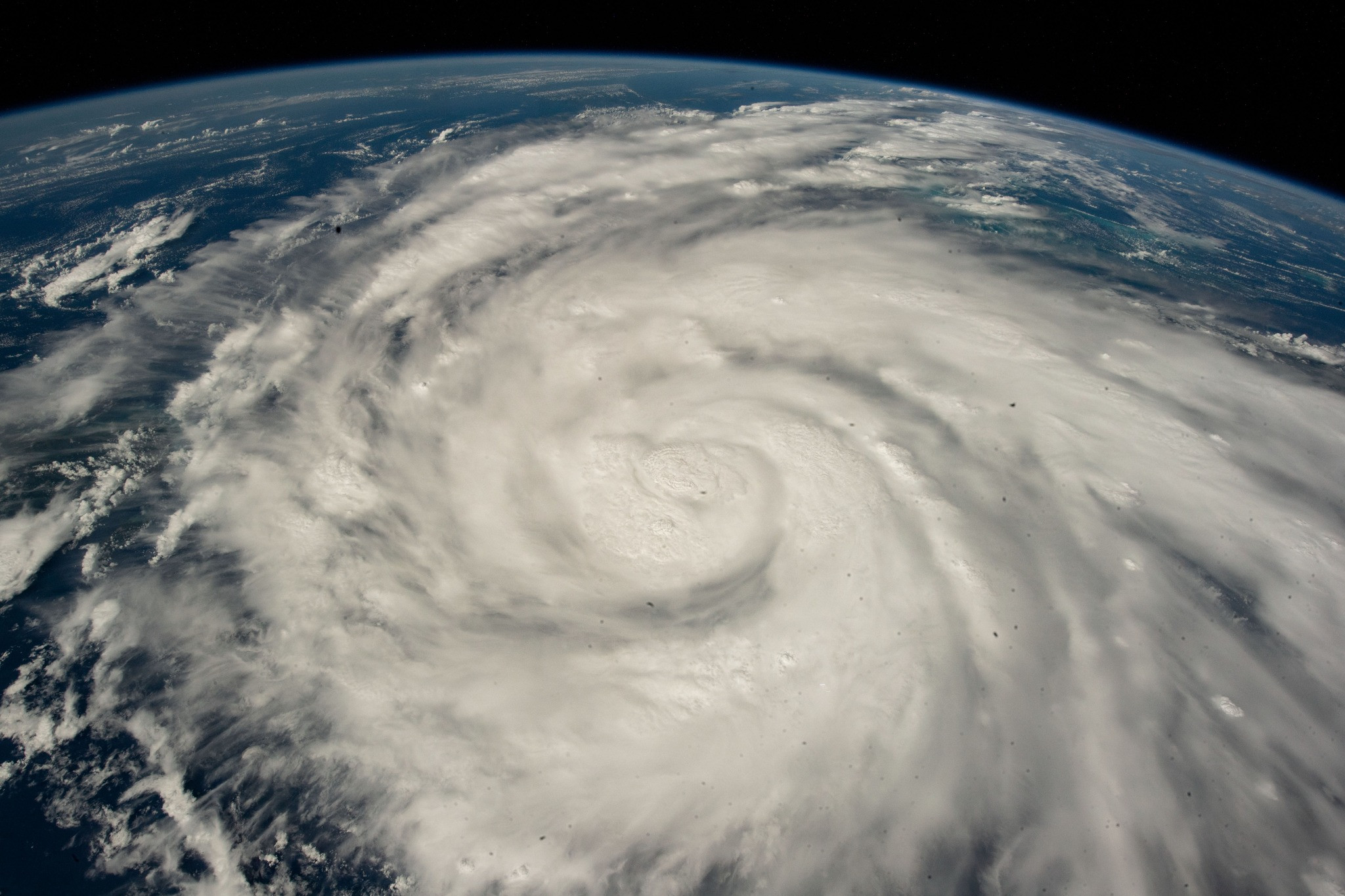China's HMPV Outbreak: A Growing Concern
Five years after the COVID-19 pandemic, China is grappling with a new viral outbreak—the human metapneumovirus (HMPV). Reports and social media posts paint a picture of overwhelmed hospitals and crematoriums, with some claiming a surge in multiple viruses, including influenza A, HMPV, Mycoplasma pneumoniae, and even COVID-19. While there are unconfirmed reports of a state of emergency being declared, official confirmation from Chinese authorities is currently lacking.
Understanding Human Metapneumovirus (HMPV)
Human Metapneumovirus (HMPV) is a respiratory virus causing flu-like symptoms, primarily affecting the upper respiratory system but capable of leading to lower respiratory infections in some cases. The virus usually appears more prevalent during winter and early spring. HMPV symptoms often mimic the common cold or influenza, making accurate initial diagnosis challenging. The virus spreads via coughing, sneezing, or close personal contact, and has an estimated incubation period of three to six days. The illness' duration is variable, depending on the severity of the infection.
Who is at Risk?
Young children, older adults, and individuals with weakened immune systems are particularly vulnerable to developing severe HMPV illnesses requiring hospitalization. Complication from HMPV can include bronchiolitis, bronchitis, pneumonia, asthma or COPD flare-ups, and ear infections (otitis media). This highlights the urgency of preventive measures and appropriate medical care for vulnerable populations.
Preventing the Spread of HMPV
Although there's currently no specific antiviral therapy or vaccine for HMPV, practicing good hygiene significantly reduces the transmission risk. This includes frequent handwashing with soap and water for at least 20 seconds, avoiding touching the eyes, nose, and mouth with unwashed hands, and minimizing close contact with sick individuals. Using a mask when coughing or sneezing and maintaining proper respiratory etiquette are additional preventive steps. These precautions not only lessen HMPV risk but also protect against other respiratory illnesses.
HMPV Symptoms and Treatment
The symptoms of HMPV are similar to those of a common cold or the flu. These may include cough, fever, wheezing, sore throat and shortness of breath. While most cases are mild, severe cases can progress into pneumonia or other lower respiratory tract infections. Currently, there's no specific antiviral treatment available for HMPV, so treatment mainly focuses on managing symptoms. Supportive care measures are often employed, depending on the individual's specific condition and needs.
The Situation in China: Unconfirmed Reports and Social Media
Social media has been rife with reports of overflowing hospitals and crematoriums in China, suggesting a significant surge in respiratory illnesses. While Chinese health authorities haven't officially declared an epidemic concerning HMPV, there have been reports of a new protocol implementation for handling unknown pathogens. This protocol emphasizes laboratory reporting and verification procedures for disease control agencies to better manage emerging outbreaks. The National Disease Control and Prevention Administration reported a rising trend in acute respiratory infections in the week of December 16 to 22, 2024, fueling concerns about the spread of HMPV and other viruses.
Some social media posts, however, claim that China has declared a state of emergency, but official sources have not confirmed this. Additionally, reports suggest the spread of multiple viruses, including influenza A, Mycoplasma pneumoniae, and COVID-19. Some posts indicate that pediatric hospitals are especially strained due to a sharp increase in pneumonia and what are described as ‘white lung’ cases. The National Centre for Disease Control (NCDC) in India is reportedly monitoring the situation closely and is in contact with international health agencies. They've stated they will continue to monitor, validate information, and provide updates.
Is HMPV the Next Pandemic? The Uncertain Future
While social media paints a concerning picture of an epidemic-like situation in China, official statements from the health authorities do not currently confirm the scale or severity. The lack of a specific treatment or vaccine for HMPV makes this situation concerning, necessitating proactive preventive measures and heightened vigilance. Though the situation warrants attention, it's crucial to rely on verified information from official sources and avoid spreading unsubstantiated claims. Further investigation and updates from the Chinese authorities are needed to fully understand the situation. The impact and the long-term implications remain uncertain.
Disclaimer: This content including advice provides generic information only. It is in no way a substitute for a qualified medical opinion. Always consult a specialist or your own doctor for more information. We do not claim responsibility for this information.

















